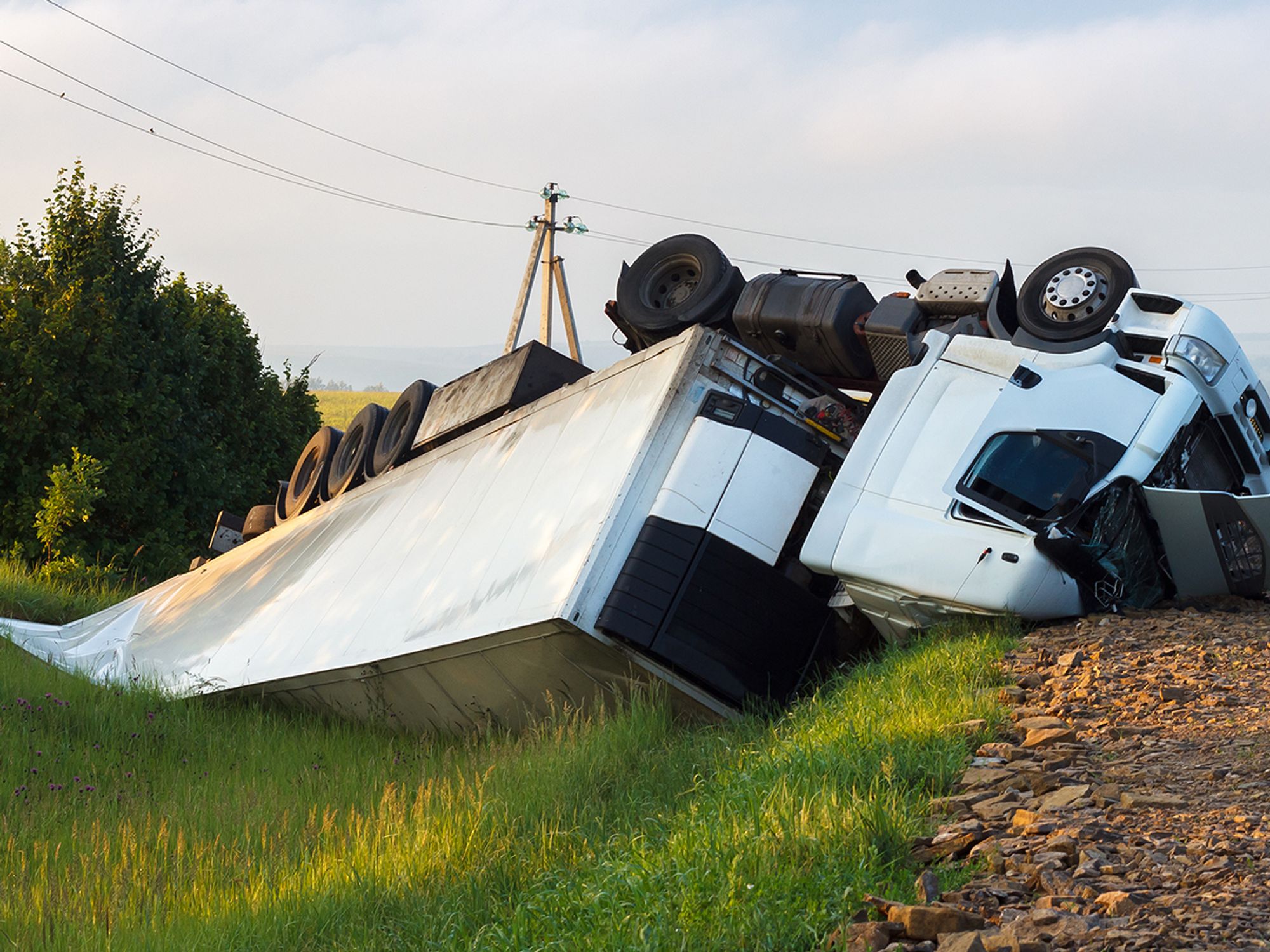Accident investigation

- Motor carriers should investigate any accidents involving their drivers and CMVs in order to establish the corrective actions to be taken at their company.
Because of the dangerous and highly regulated nature of the motor carrier industry, one of a carrier’s highest concerns is the safety of its employees and the general public through the prevention of accidents. However, regardless of how good a carrier’s safety and accident prevention programs are, as long as there are cars, trucks, and buses on the nation’s highways, accidents involving all three can (and do) happen.
When an accident does happen, it is in the motor carrier’s best interest (from a liability and best-practice standpoint) to discover exactly what happened and why. This process of discovery is more commonly known as an accident investigation. Each motor carrier needs to have an effective accident investigation process as part of its comprehensive safety program, even if that process involves hiring a professional accident investigator.
Generally, a thorough accident investigation will:
- Determine how potentially severe the accident is (or will be),
- Gather the relevant facts and circumstances surrounding the accident,
- Identify the root cause or causes of the accident,
- Determine how consequential the accident is (or could become);
- Develop recommendations for the company to address/eliminate the root cause or causes, and
- Implement the corrective action recommendations to prevent reoccurrence.
Most commercial motor vehicle (CMV) accidents result from a breakdown in the motor carrier’s safety management controls, which are the company’s internal processes and procedures used to ensure compliance and safety. For example, a breakdown in those controls could result in the use of an unqualified or untrained driver or unsafe equipment. A good accident investigation process identifies and analyzes these breakdowns, then recommends corrective actions to prevent similar types of accidents from reoccurring.
An accident investigation has three basic components:
- Gathering the accident data,
- Analyzing the accident factors, and
- Response.
